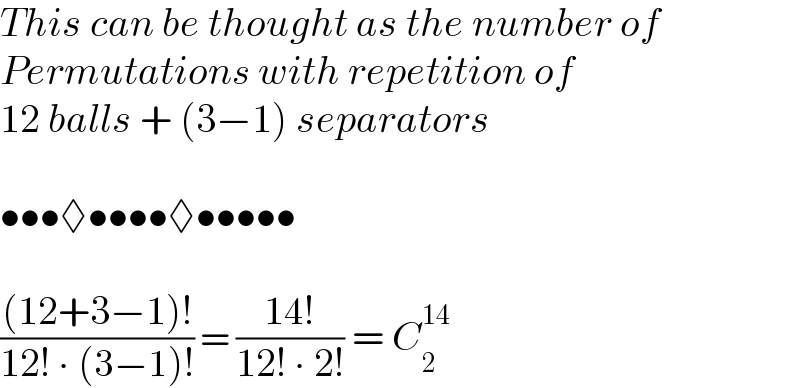
Question and Answers Forum
Previous in Permutation and Combination Next in Permutation and Combination
Question Number 133642 by liberty last updated on 23/Feb/21

Commented by liberty last updated on 23/Feb/21

Answered by bobhans last updated on 23/Feb/21
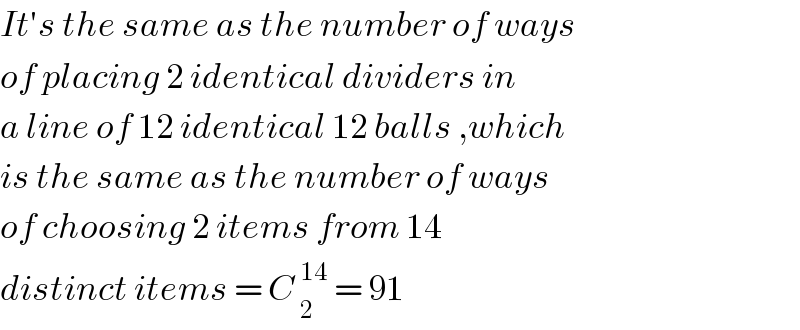
Commented by liberty last updated on 23/Feb/21

Answered by mr W last updated on 23/Feb/21

Commented by liberty last updated on 23/Feb/21

Commented by mr W last updated on 23/Feb/21
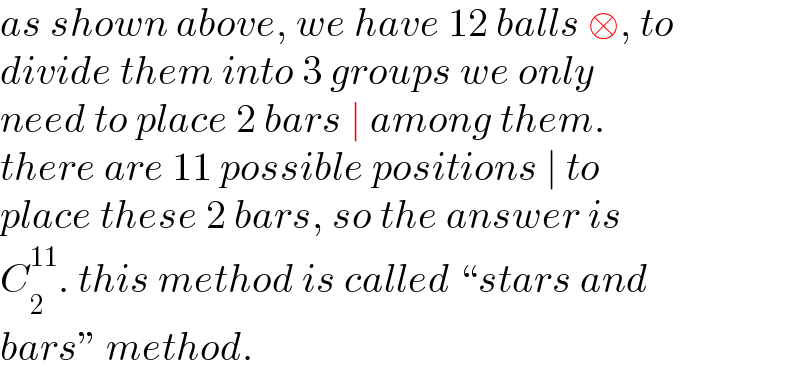
Commented by mr W last updated on 23/Feb/21
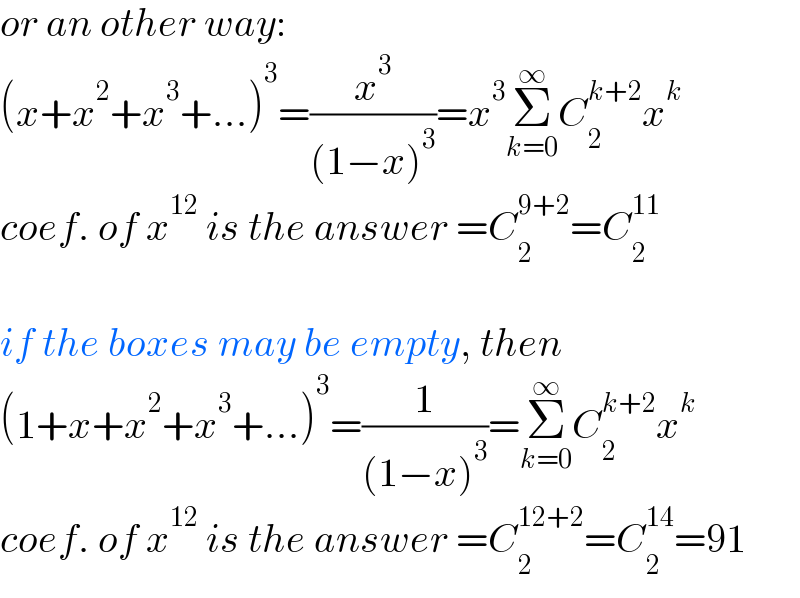
Commented by liberty last updated on 23/Feb/21

Commented by mr W last updated on 23/Feb/21

Commented by liberty last updated on 23/Feb/21

Commented by mr W last updated on 23/Feb/21

Answered by EDWIN88 last updated on 23/Feb/21
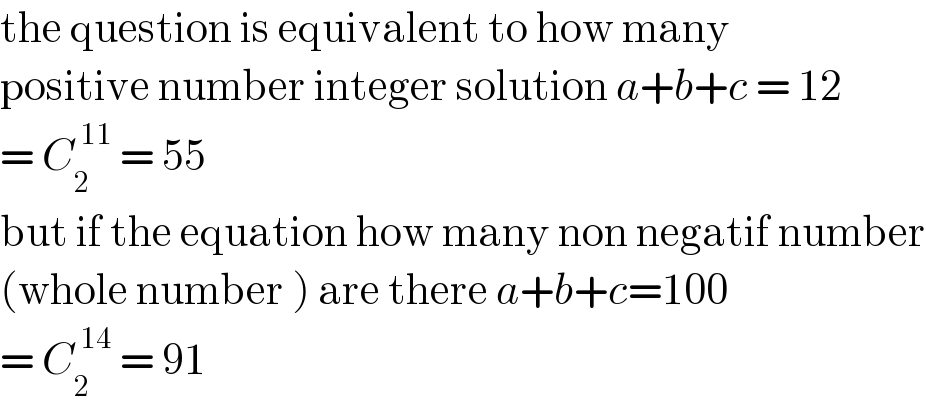
Commented by liberty last updated on 23/Feb/21

Answered by JDamian last updated on 23/Feb/21
